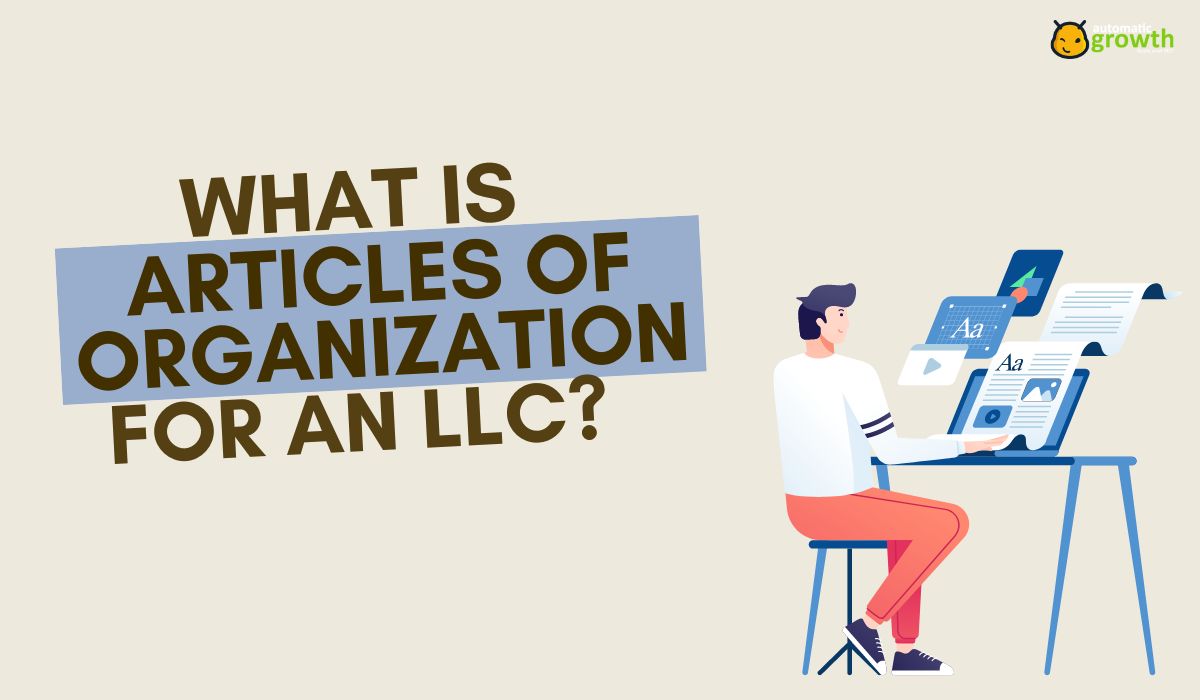Closing an LLC (Limited Liability Company) is a significant decision that requires careful planning and adherence to legal procedures. In our comprehensive guide, learn the essential steps and insights on how to close an LLC smoothly and efficiently.
From notifying the appropriate authorities and settling debts to distributing assets and handling tax obligations, our expert advice ensures that you can approach the closure of this business structure with confidence.
Step 1: Unanimous Member Decision
The first critical step in closing an LLC is to ensure that all members unanimously agree to dissolve the company. This decision typically involves a formal resolution or written consent where every member acknowledges and consents to the LLC's dissolution. It's important to establish a clear consensus among all members before proceeding further.
Step 2: Compliance with Agreement
If your LLC has an operating agreement in place, it's crucial to review and follow the dissolution procedures outlined in the agreement. The operating agreement may contain specific provisions related to the closure process, including member voting requirements, asset distribution guidelines, and other relevant details. Adhering to the agreement ensures that you are in compliance with the internal rules and regulations governing the LLC.
Fast Facts
“Ensure that employee and member tax matters, including payroll taxes and personal tax implications, are properly addressed.”
Informing the state agency responsible for business registrations is a fundamental step in learning how to close an LLC. The specific agency may vary by state, but it is usually the Secretary of State's office.
To notify the state, you will typically need to submit a formal document known as "Articles of Dissolution" or a similar filing, depending on your state's requirements. [1] This filing officially communicates your intent to dissolve the LLC.
Step 4: Settle Debts and Obligations
Before closing your LLC, it's essential to settle all outstanding debts, taxes, and contractual obligations. This includes paying off loans, resolving unpaid bills, and fulfilling any outstanding financial commitments. By addressing these financial responsibilities, you prevent potential legal issues and ensure a clean closure.
Step 5: Asset Distribution
Determining how the LLC's assets will be divided among its members is a critical aspect of the closure process. Asset distribution should align with the terms outlined in the operating agreement or as agreed upon by the members. This step ensures that each member receives their share of the LLC's assets and is an essential part of the dissolution.
Step 6: File Articles of Dissolution
To officially terminate the existence of your LLC with the state, you will need to file the appropriate "Articles of Dissolution" or similar documents. This filing formally closes the LLC's registration and signals the end of its legal existence. The process may involve submitting specific forms and fees to the state agency responsible for business registrations.
Step 7: Cancel Permits
Ending permits, business licenses, and registrations associated with your LLC is crucial to avoid unnecessary renewals and fees. Depending on your business activities and location, you may have obtained various permits and licenses that need to be canceled or formally terminated. Be sure to notify the relevant authorities of the LLC's closure to prevent any further obligations.
Properly notifying the IRS and state tax agencies about your LLC's closure is essential to meet your tax obligations. [2] This step involves filing the necessary tax forms to account for the LLC's final income and liabilities. Consult with a tax professional to ensure that you complete the required forms accurately, including the final federal tax return (Form 1065) and state tax returns.
Ultimately, closing an LLC marks the end of one business chapter and the beginning of new opportunities. By navigating the closure process with diligence and professionalism, you can minimize potential legal and financial complications, allowing you to move forward with confidence and clarity toward your next venture or personal goals.
Tips For a Hassle-Free LLC Closure
Streamlining the closure of your LLC (Limited Liability Company) can help simplify the process and minimize potential complications. Here are some tips to make the closure more efficient:
1. Plan Ahead
Start the closure process well in advance to allow sufficient time to complete all necessary steps without rushing.
2. Communicate with Members
Keep all members informed and involved in the closure process. Ensure everyone is on the same page regarding timelines and responsibilities.
3. Assign Roles
Delegate specific tasks to responsible members or hire professionals (e.g., accountants, attorneys) to handle various aspects of closure, such as tax filings and legal documentation.
4. Create a Checklist
Develop a comprehensive checklist that outlines all the steps and documents required for closure. Use this checklist to track progress and ensure nothing is overlooked.
5. Prioritize Debts and Obligations
Identify and prioritize outstanding debts and obligations, addressing the most critical ones first. Negotiate settlements when possible to expedite closure.
6. Centralize Records
Organize and centralize all financial and legal records related to the LLC, making it easier to access essential documents when needed.
7. Streamline Asset Liquidation
Efficiently sell or distribute assets by using online platforms, auctions, or professional asset liquidation services to expedite the process.
By following these tips and staying organized throughout the closure process, you can streamline the dissolution of your LLC and reduce the stress and potential challenges associated with it.
















